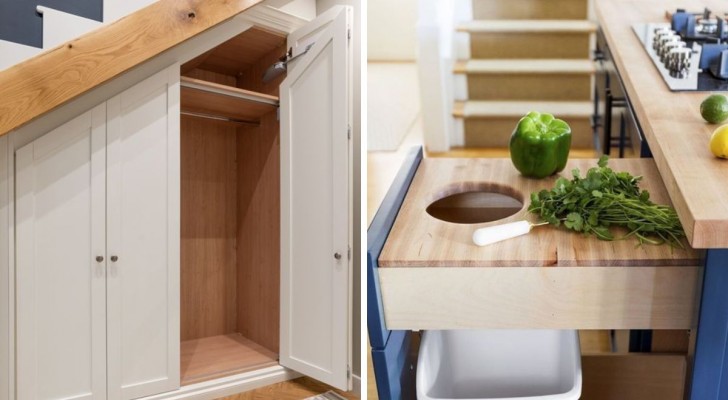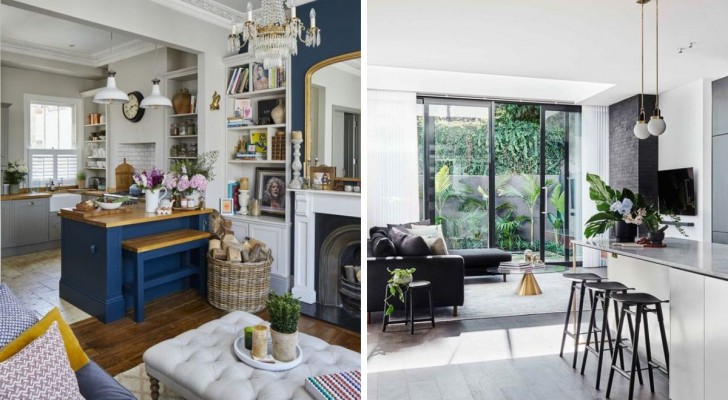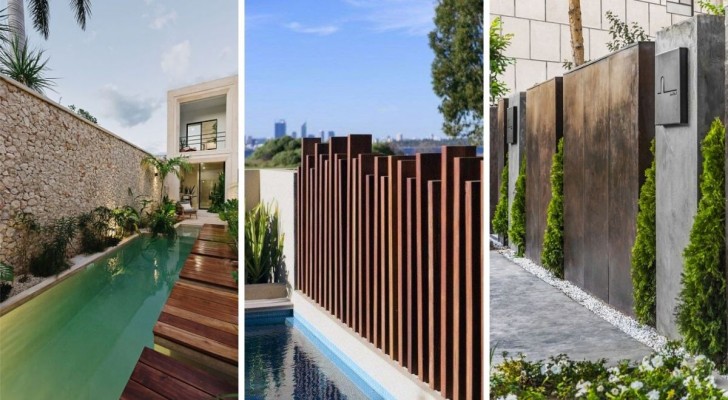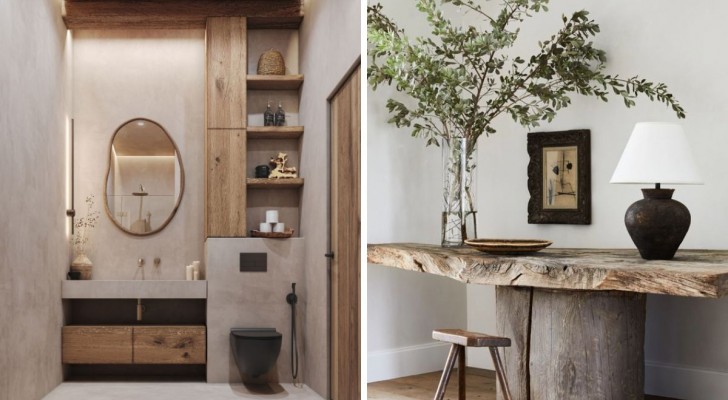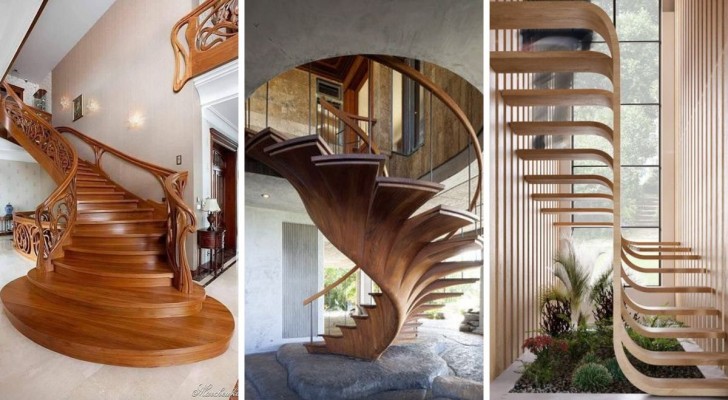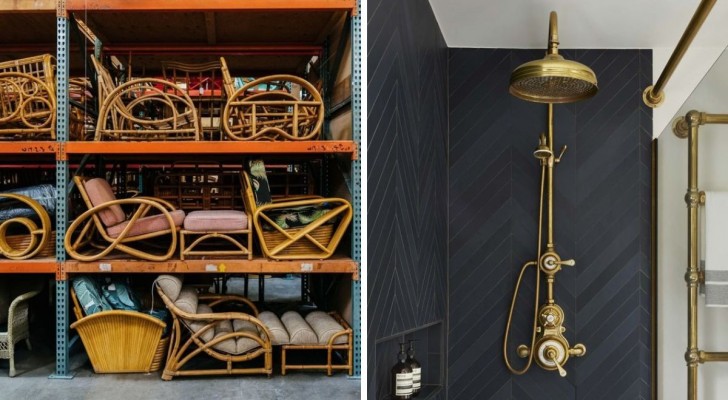Beautiful but risky: 6 interior design trends to be careful with

The battle between beauty and utility, between aesthetics and safety, is an eternal struggle. There is no historical period in which one cannot recognize some style choices that took precedence over efficiency or safety. In fact, this phenomenon also happens in the world of interior design, with particular reference to some style choices that are currently very popular.
We are not saying that these are designs to be eliminated completely, but that the risks need to be recognized and minimized. Read on to find out more:
The question of handrails
There is a trend - fascinating from an aesthetical point of view - but very impractical: replacing a static handrail (whether it is made of metal, wood or other) with rope. It's typical in nautical-styled designs, and it's certainly nicer to look at. But if you suddenly need to grab the handrail, you are probably going to still fall.
Floating shelves
Here, the problem is not - as one might think - the dust, but rather how solid and robust these shelves are. Nothing prevents you from using these shelves, but one thing must always be ensured: that they are properly fixed to the wall, and that you know exactly how much weight they can support. Often, these shelves are mounted on plasterboard, using screws or short dowels. Lacking a proper bracket, it is easy for these shelves to collapse under excessive weight.
So use them, yes, but do not overload them!
The danger of vintage charm
Antiques have a charm of their own, and always will. But when we find antiques we like, we need to also take into account some other parameters: energy efficiency, availability of spare parts, safety measures, etc. It is not impossible that appliances built decades ago - no matter how robust and in excellent condition they may be - may also be capable of starting a fire or causing some other accident.
Handrails - Part II: when there are none
No one doubts that eliminating handrails from stairways altogether is beautiful to look at. But this is also a recipe for the cause of serious injury. It is understandable to avoid installing handrails if there are only 3 or 4 steps (although with many reservations even here), but larger stairwells absolutely must have robust handrails.
Exposed bricks
We are enthusiasts of exposed brick walls, but with some precautions taken first. The problem they pose is that they are poor insulators and are porous. Therefore, they not very efficient from an energy point of view and are also capable of causing excessive humidity in the home. It is therefore advisable to consider exposing structural brickwork and to rather opt to use a brick cladding, for example.
Visible pipes
There are potential problems to having exposed, visible pipes: they are more exposed to being damaged; if they are the pipes carrying hot water, we could accidentally touch them and burn ourselves (although this can be solved by insulating them).
And how do you clean the walls they run along without the risk of causing damage to them? So, a piece of advice for those who still want to go for this look, is to mount the pipes with a sufficiently large enough gap to allow for the wall behind them to be cleaned easily.
In short, enjoy these design styles, but be vigilant.
